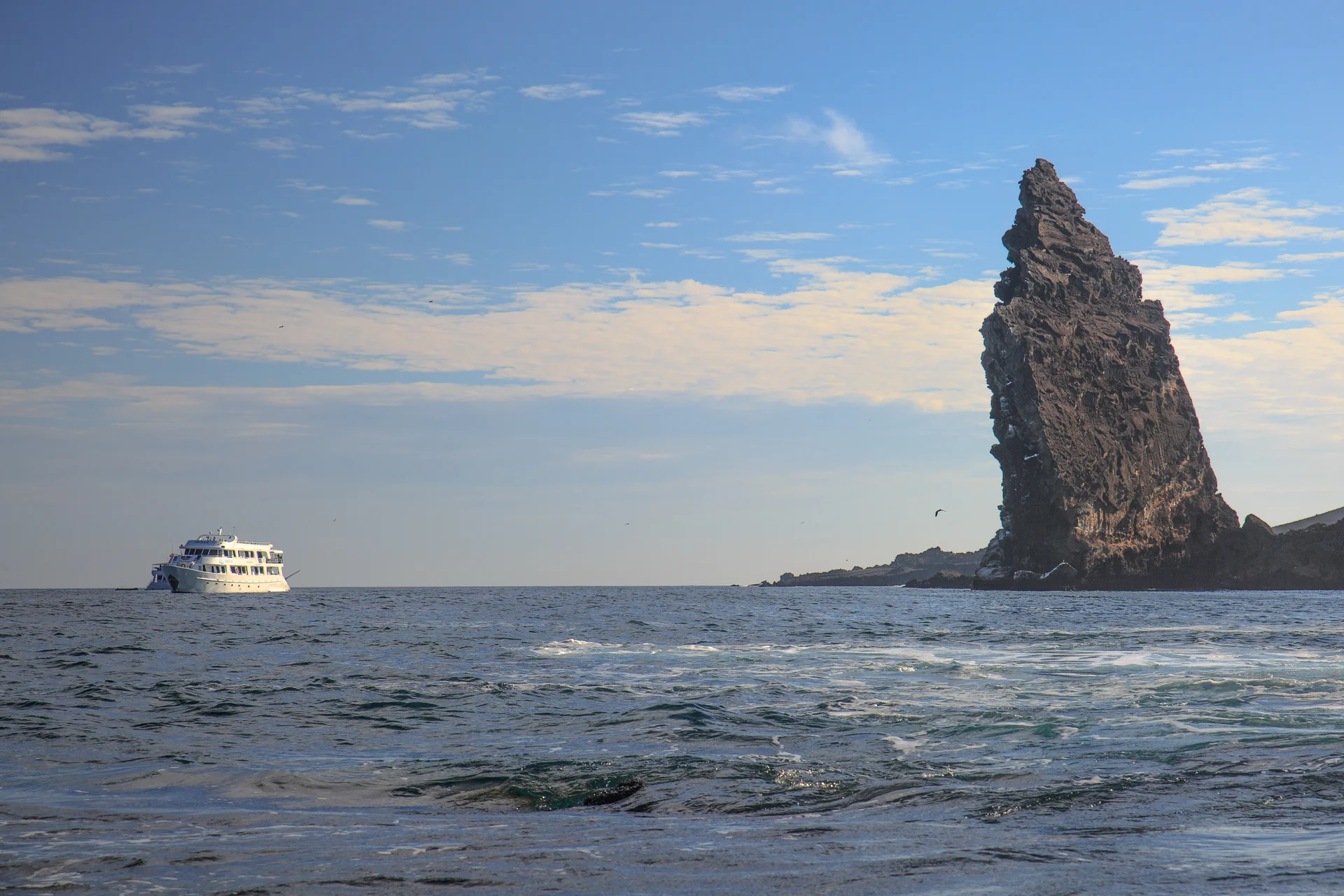
Galápagos Islands Where Darwin Found Evolution's Hidden Secrets
Natural Selection Shapes Extraordinary Wildlife Paradise
About This Site
Called a unique 'living museum and showcase of evolution', the Galápagos Islands inspired Charles Darwin's groundbreaking theory of natural selection. This remote volcanic archipelago, located at the confluence of three major ocean currents, hosts extraordinary endemic species including giant tortoises that can live over 150 years, marine iguanas uniquely adapted to ocean life, flightless cormorants that lost their ability to fly, Galápagos penguins found nowhere else on Earth, and Darwin's finches with remarkably different beak adaptations across islands, demonstrating ongoing evolutionary processes that continue shaping our understanding of life, adaptation, and speciation in isolated ecosystems. The archipelago remains one of Earth's most pristine natural environments where evolution unfolds in real time.
Why It Matters
This exceptional archipelago represents the most significant site for understanding evolutionary processes, where Charles Darwin's observations of endemic species adaptations led to the theory of natural selection that revolutionised biological science. The islands continue serving as an active evolutionary laboratory where ongoing speciation and adaptation demonstrate natural selection in real time.
Natural Wonders
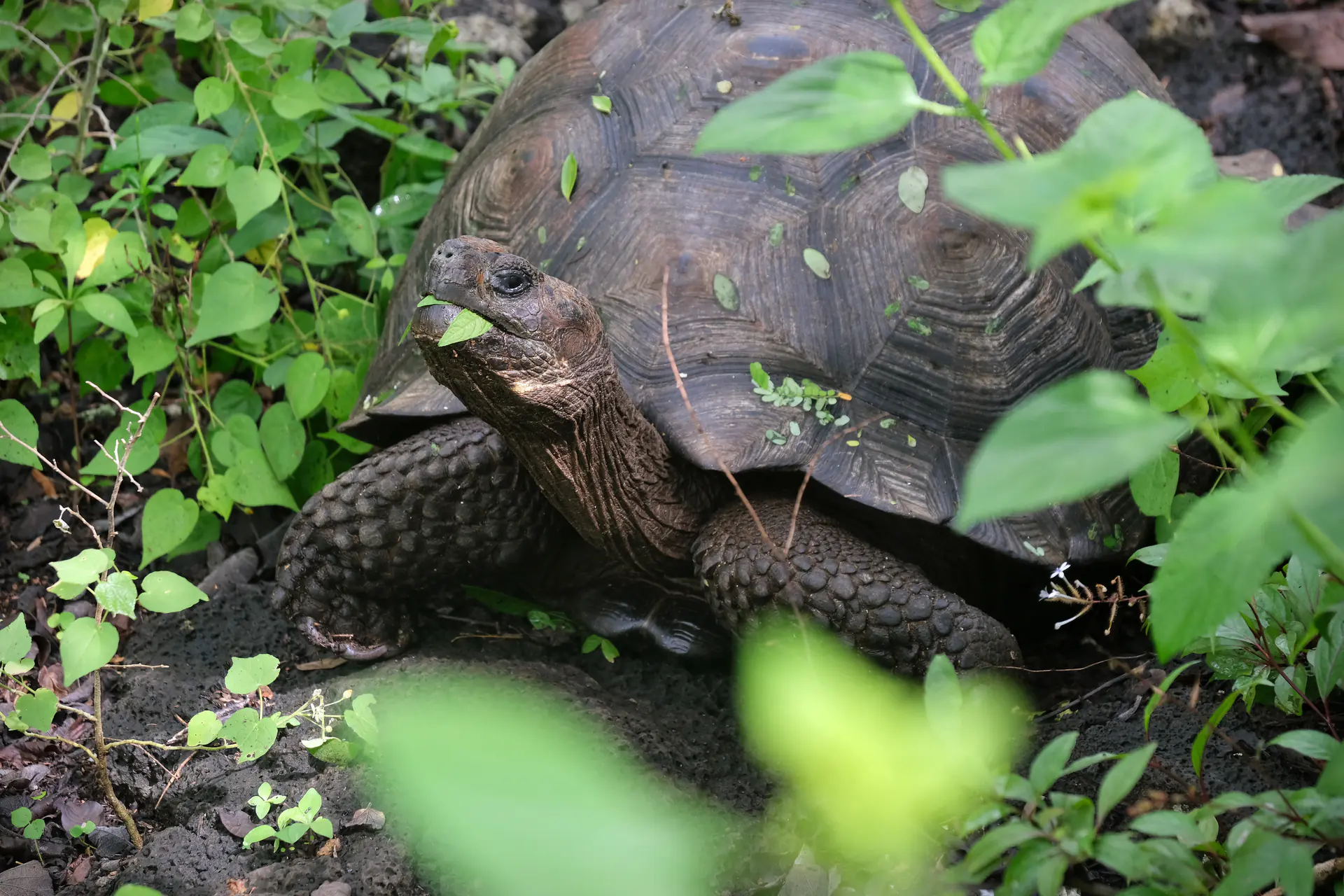
Charles Darwin Research Station
Located on Santa Cruz Island, this world-renowned research facility has been at the forefront of Galápagos conservation since 1959. The station houses the Galápagos National Park Headquarters and operates successful breeding programmes for giant tortoises, where visitors can observe these magnificent creatures up close and learn about recovery efforts. The facility serves as a vital research hub for studying the islands' unique ecosystems, developing conservation strategies to protect endemic species, and advancing our understanding of evolution and conservation biology through ongoing scientific research that continues Darwin's groundbreaking legacy of discovery.
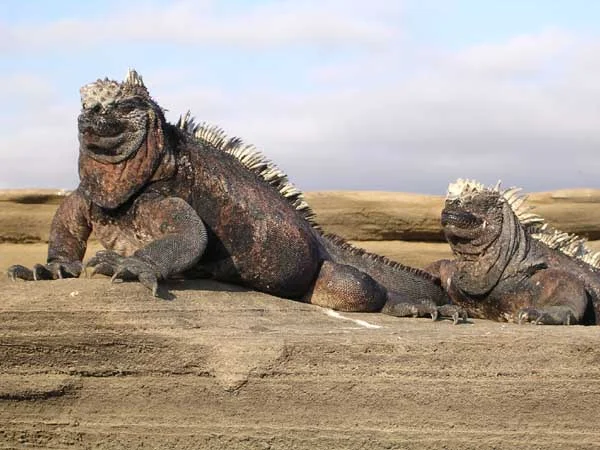
Marine Iguana Colonies
The Galápagos marine iguana (Amblyrhynchus cristatus) is the world's only sea-going lizard, found exclusively on these rocky shores. These remarkable reptiles have evolved extraordinary adaptations including the ability to dive up to 9 metres deep to feed on underwater algae and seaweed, spending up to an hour foraging beneath the waves. Their unique salt-excreting glands allow them to process seawater perfectly, sneezing out excess salt through specialised nasal glands. Large colonies can be observed basking on volcanic rocks to regulate body temperature after cold ocean dives, particularly at Santa Cruz and Fernandina islands, where their prehistoric appearance and unique behaviours create an otherworldly atmosphere.
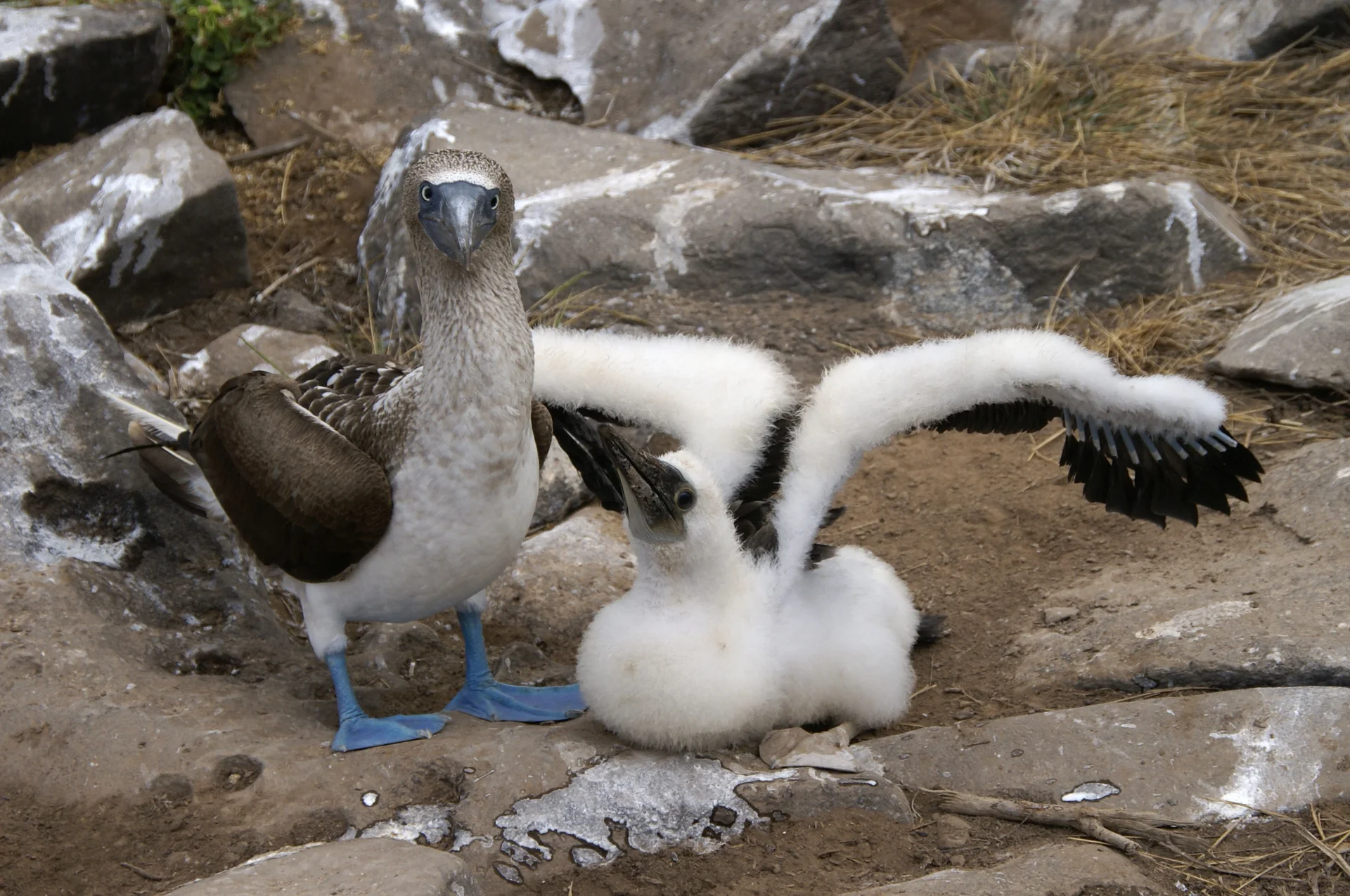
Darwin's Finches and Endemic Wildlife
The Galápagos Islands are home to 15 species of Darwin's finches, the birds that helped inspire Charles Darwin's revolutionary theory of evolution. These remarkable birds demonstrate adaptive radiation perfectly, having evolved dramatically different beak shapes to exploit various food sources - from large ground finches with powerful beaks for cracking hard seeds to warbler finches with delicate beaks for extracting insects. Beyond finches, visitors encounter extraordinary endemic species including Galápagos penguins (the only equatorial penguins), flightless cormorants with enhanced swimming capabilities, and fearless Galápagos hawks, showcasing ongoing evolutionary processes in action.
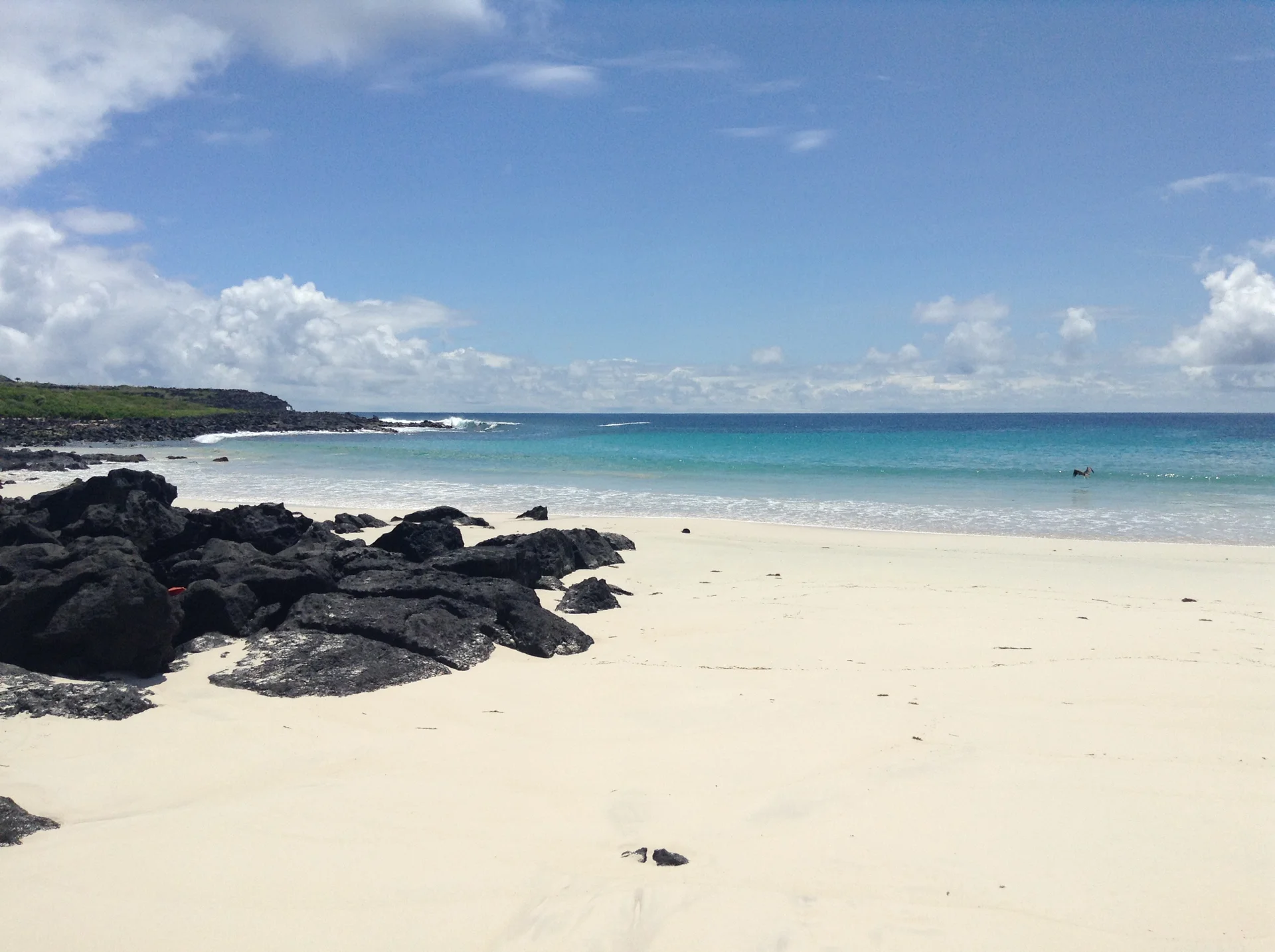
Volcanic Landscapes and Geological Features
The Galápagos Islands showcase active volcanic processes that continue shaping the archipelago in real time. Volcán Wolf on Isabela Island stands as the highest point at 1,707 metres, whilst ongoing eruptions on Fernandina demonstrate the dynamic geological forces creating new land. Visitors can explore dramatic lava tubes formed by ancient flows, collapsed calderas revealing volcanic structure, and pristine black sand beaches created by eroded volcanic rock. Sierra Negra volcano on Isabela features one of the world's largest calderas at 11 kilometres across, offering spectacular hiking opportunities with panoramic views that reveal the geological processes directly responsible for the islands' unique biodiversity, ongoing evolution, and remarkable species radiation.
Location & Planning
Fly to Ecuador (Quito or Guayaquil) then take connecting flights to Galápagos. Pay $100 National Park fee upon arrival. Choose expedition cruises for multi-island access or land-based stays on Santa Cruz. All visits require certified naturalist guides.
Loading map...
Frequently Asked Questions
A volcanic archipelago of 18 main islands located 900 kilometres west of Ecuador, famous for inspiring Darwin's theory of evolution through their unique endemic species including giant tortoises, marine iguanas, and Darwin's finches. The islands demonstrate ongoing evolutionary processes.
The islands serve as a living laboratory where Charles Darwin developed his groundbreaking theory of natural selection after observing unique species adaptations. They demonstrate ongoing evolutionary processes and host extraordinary endemic wildlife found nowhere else on Earth.
Endemic species include giant tortoises living 150+ years, marine iguanas (the world's only sea-going lizards), 15 species of Darwin's finches with varied beak adaptations, Galápagos penguins (the only equatorial penguins), flightless cormorants, and numerous unique subspecies across different islands.
Visitors must fly to Ecuador (Quito or Guayaquil) then take connecting flights to the islands. Upon arrival, pay the $100 National Park entrance fee (US dollars cash). Choose between expedition cruises for multi-island access or land-based stays on Santa Cruz, always with certified naturalist guides.
December-May offers warm weather (24-30°C) and calm seas ideal for snorkelling, while June-November provides cooler temperatures (18-24°C) with increased wildlife activity, particularly for seabird breeding. Both seasons offer excellent experiences, though seas can be rougher during the cooler months for sensitive travellers.
The Charles Darwin Research Station operates successful breeding programmes, particularly for giant tortoises like the Española species recovered from near-extinction. The 138,000 km² Marine Reserve, strict visitor guidelines, invasive species eradication programmes, and sustainable tourism certification protect this fragile ecosystem whilst supporting conservation research.
Endemic species evolved without natural predators over millions of years of isolation, developing no instinctive fear of humans. This allows visitors to observe wildlife behaviour at remarkably close distances, though mandatory 2-metre separation rules protect both animals and visitors whilst preserving natural behaviours.
UNESCO World Heritage Criteria
Inscribed in 1978, this site meets 4 of UNESCO's 10 criteria for Outstanding Universal Value
Criterion (vii): Contains superlative natural phenomena
The Galápagos Islands contain superlative natural phenomena through extraordinary wildlife including unique marine iguanas, fearless blue-footed boobies, and giant tortoises living over 100 years, whilst dramatic volcanic landscapes create otherworldly scenery where endemic species display remarkable adaptations unparalleled anywhere on Earth.
Criterion (viii): Outstanding geological processes
The archipelago represents an outstanding example of ongoing geological processes through active volcanism shaping new islands, demonstrating hotspot volcanic activity, and showcasing evolutionary processes where continuous island formation creates natural laboratories revealing Earth's geological and biological development in real time.
Criterion (ix): Outstanding ecological/biological processes
The islands demonstrate outstanding ecological processes through adaptive radiation where ancestral species evolved into diverse forms filling ecological niches, exemplified by Darwin's finches developing specialised beaks, whilst ongoing speciation processes continue creating new species, making this evolution's most significant living laboratory.
Criterion (x): Contains threatened species
The Galápagos provide essential habitat for threatened endemic species including giant tortoises with distinct subspecies per island, marine iguanas found nowhere else on Earth, flightless cormorants, Galápagos penguins, and waved albatrosses, whilst protecting exceptional marine biodiversity including whale sharks and hammerhead shark aggregations.
Historical Context
Geological Formation (3-5 million years ago)
Ongoing volcanic activity formed the islands through hotspot volcanism as the Nazca Plate moved eastward over a stationary mantle plume, creating isolated landmasses at different evolutionary stages. Western islands like Fernandina remain highly active, enabling unique evolutionary processes and species radiation.
European Discovery (1535)
Spanish bishop Tomás de Berlanga accidentally discovered the uninhabited islands whilst sailing from Panama to Peru. He named them "Las Encantadas" (The Enchanted Ones) due to unpredictable ocean currents making navigation difficult. The islands remained uninhabited, serving primarily as refuge for pirates and whalers.
Darwin's Revolutionary Visit (1835)
Charles Darwin's five-week visit aboard HMS Beagle (15 September - 20 October 1835) provided crucial observations of species variation. His documentation of finch beak variations, giant tortoise shell differences, and marine iguana adaptations later inspired his revolutionary theory of evolution by natural selection.
Ecuadorian Sovereignty and Settlement (1832-present)
Ecuador formally claimed the islands in 1832, establishing the first permanent settlements and penal colonies. The archipelago became Galápagos Province in 1973, with Puerto Baquerizo Moreno as capital. Modern governance balances strict conservation requirements with sustainable development and controlled tourism.
UNESCO World Heritage Designation (1978-present)
Designated as one of the first UNESCO World Heritage Sites in 1978, recognising outstanding universal value for biodiversity, ongoing evolutionary processes, and unique endemic species. The designation established international protection standards, scientific research frameworks, and sustainable tourism guidelines serving as a global conservation model.
Conservation & Protection
Current Conservation Status
Comprehensive programmes successfully protect endemic species through breeding, habitat restoration, and invasive species eradication, though climate change and tourism pressure require constant adaptive management.
Conservation Challenges
- El Niño events and climate change disrupting ocean currents and marine food webs
- Tourism growth exceeding ecological carrying capacity requiring strict visitor quotas
- Invasive species continuing to threaten native ecosystems despite ongoing eradication efforts
- Marine pollution from shipping routes and plastic waste contaminating habitats
Active Conservation Efforts
- Giant tortoise breeding programmes increasing Española population from 14 individuals to over 1,000
- Project Isabela successfully eradicating invasive mammals from northern islands, enabling ecosystem recovery
- Galápagos Marine Reserve protecting 138,000 km² through no-take zones and fishing restrictions
- Sustainable tourism certification ensuring visitor operations contribute to conservation whilst maintaining environmental standards
Image & Content Attribution
Research & Content Sources
Photography & Visual Media
Last updated: 27 September 2025